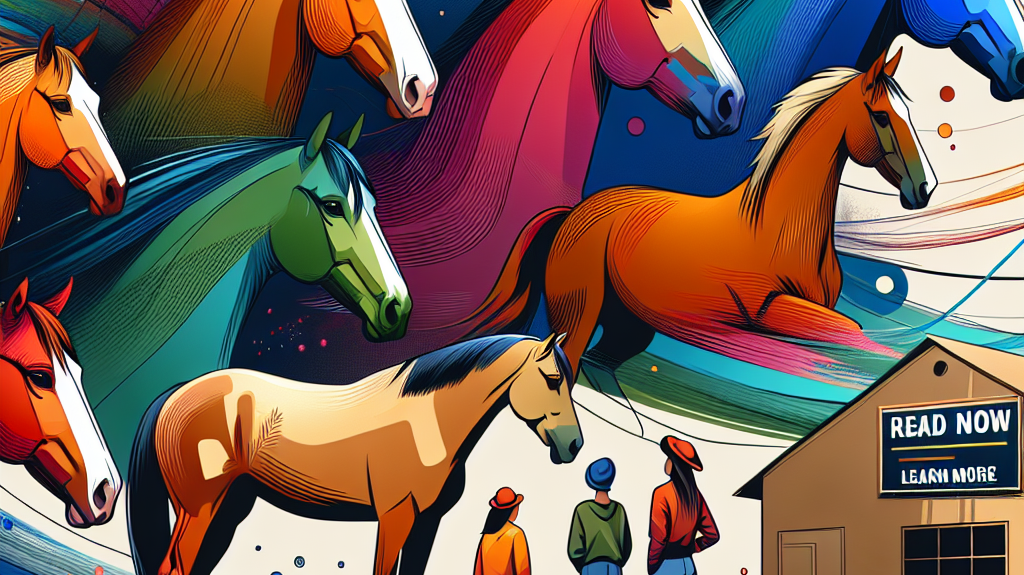Understanding the Components of Successful Equine Rehabilitation Programs
As the equine industry advances, the importance of effective rehabilitation programs for horses recovering from illness, injury, or surgery becomes even more critical. A well-crafted rehabilitation plan not only aids in recovery but also ensures that the horse can return to its optimal performance. However, the challenge lies in measuring the success of these programs, which remains a significant hurdle for veterinarians and horse owners alike.
The Need for Standardized Assessment Methods
According to Dr. Melissa King from Colorado State University, one of the major obstacles in evaluating these rehabilitation programs is the lack of standardized assessment methods. These methods are vital to provide an accurate measure of a horse's progress and response to treatment. During the 2024 American College of Veterinary Sports Medicine and Rehabilitation Symposium, Dr. King emphasized the importance of six key parameters:
- Utility
- Reliability
- Validity
- Sensitivity
- Specificity
- Responsiveness
These parameters help in evaluating body structure and function impairments, activity limitations, and participation restrictions in horses. By using these standardized assessments, veterinarians can glean better insights into a horse's recovery journey, ultimately paving the way for more effective rehabilitation outcomes.
Tools and Technologies for Tracking Progress
Several tools are available to monitor a horse's progress. Among them are:
- Horse Grimace Scale: Measures facial expressions related to pain.
- Composite Pain Scale: Uses questionnaires to assess pain levels.
- Ridden Horse Pain Ethogram: Observes musculoskeletal pain behaviors.
Beyond these, wearable technologies incorporating inertial measurement units (IMU) and artificial intelligence (AI) offer objective data on lameness. This technology enhances the precision with which veterinarians can track a horse's progress and response to treatment. Even simple tools, like a tape measure, come in handy to monitor limb swelling.
The Role of AI in Veterinary Care
Artificial Intelligence (AI) has begun to show its potential in equine care. AI systems can assist in diagnosing lameness by analyzing movement patterns and detecting subtle irregularities that may not be visible to the naked eye. Using AI, veterinarians can obtain objective metrics, creating a more comprehensive picture of a horse's health status.
Balancing Safety and Performance
An effective rehabilitation program must strike a balance between safety and minimized risks of reinjury, while also optimizing the horse's performance. As Dr. King aptly put it, "A good rehabilitation plan should be balanced with safety and minimization of risks to prevent reinjury and optimize performance."
Achieving this balance requires a synergistic effort between veterinarians and horse owners. Consistent use of pain level scales, regular checks, and objective monitoring tools are crucial for assessing a horse's recovery. This collaboration ensures that the rehabilitation plans are tailored to the specific needs of each horse, leading to higher success rates.
Collaboration is Key
For rehabilitation programs to be effective, continuous collaboration between veterinarians and horse owners is essential. Veterinarians bring their expertise in diagnosing and treating injuries, whereas horse owners can provide valuable insights into the horse's day-to-day behavior and progress. Together, they can ensure that the rehabilitation plan is adhered to correctly.
Consistent communication also helps in making necessary adjustments to the rehabilitation program based on ongoing observations and data. This partnership ensures that every step taken contributes positively to the horse's recovery journey.
The Bigger Picture
Establishing standardized systems for evaluating the success of rehabilitation programs is critical in optimizing horse health. With technology, such as wearable devices and AI, playing a larger role, and with continuous collaboration between veterinarians and horse owners, we can develop more effective rehabilitation programs. These programs enable horses to recover swiftly from illness, injury, or surgery and return to their peak performance levels.
Thus, by focusing on consistent assessment methods and leveraging technological advancements, we pave the way for healthier and happier horses, benefiting the entire equine community.
For more insights on equine rehabilitation, you can read the original article here.




